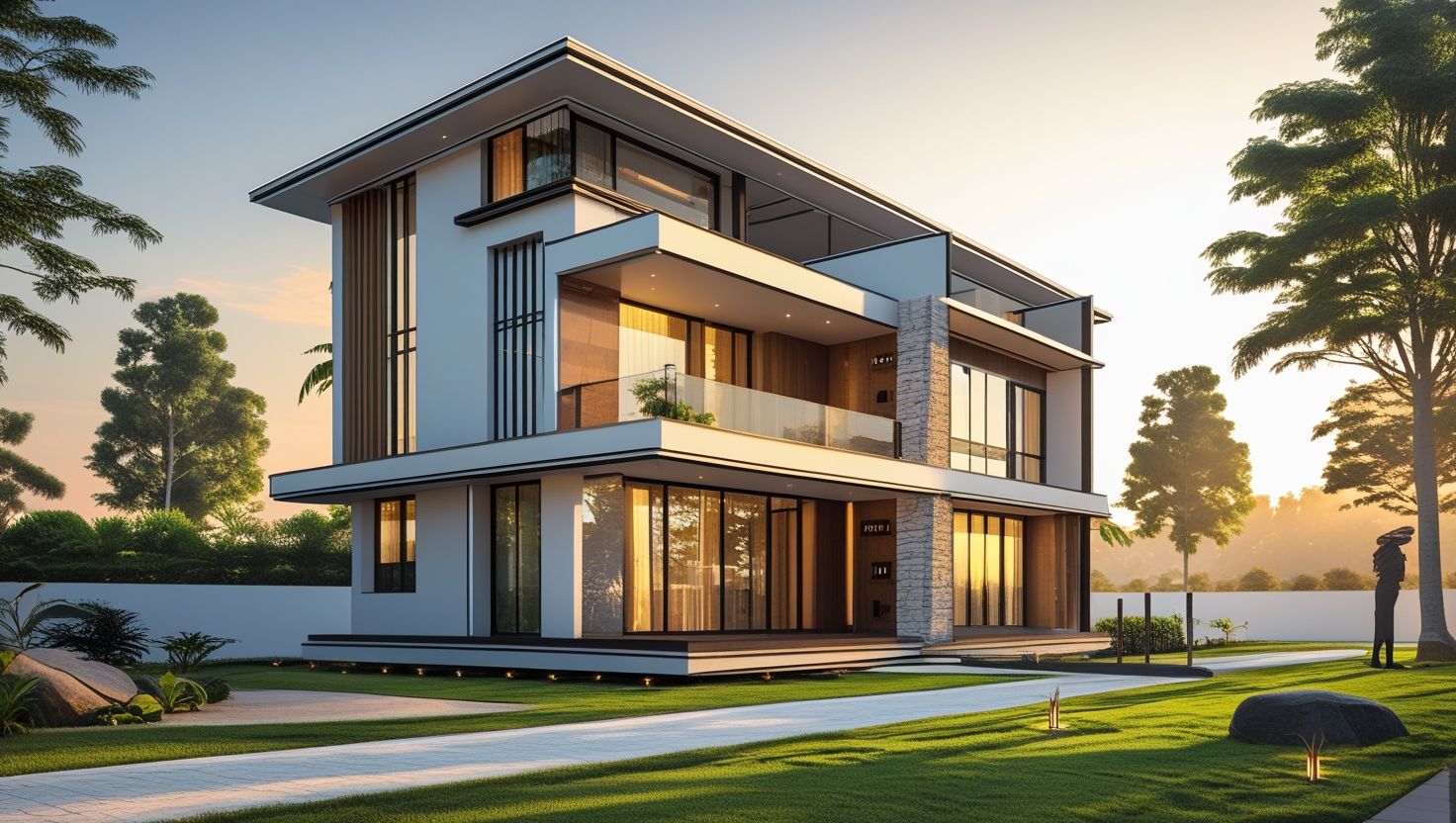House front design indian style: Step-by-Step
Introduction
House front design indian style India’s history has influenced the country’s design and architecture in different ways, enabling each style to have hundreds of different variations. Similar is the case with the styles of front elevation of a house in India. Indian-style house fronts are a combination of old and new styles that serve a purpose and also look good. The present guide addresses an Indian house front design from a number of perspectives, traditional designs to modern designs.
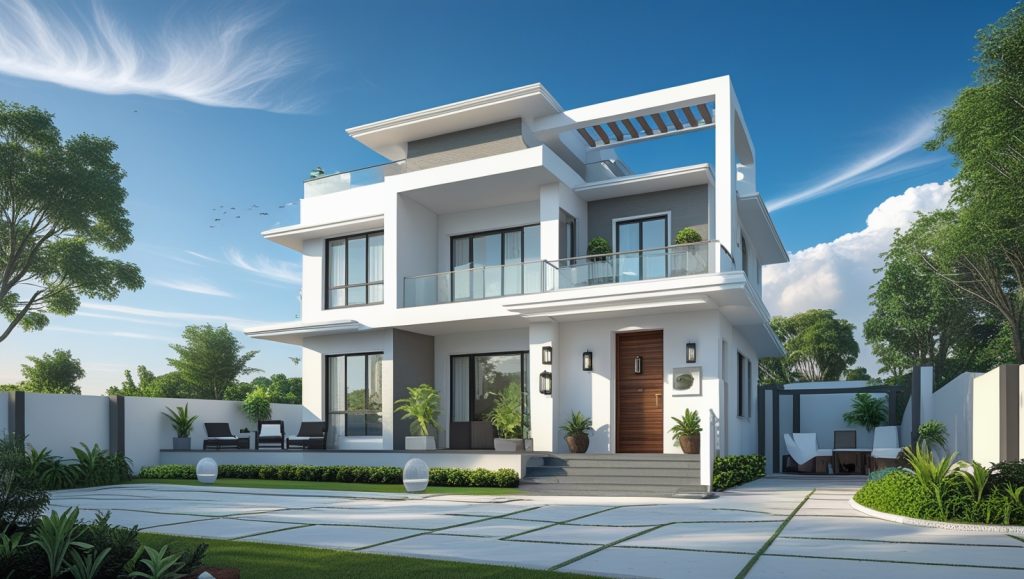
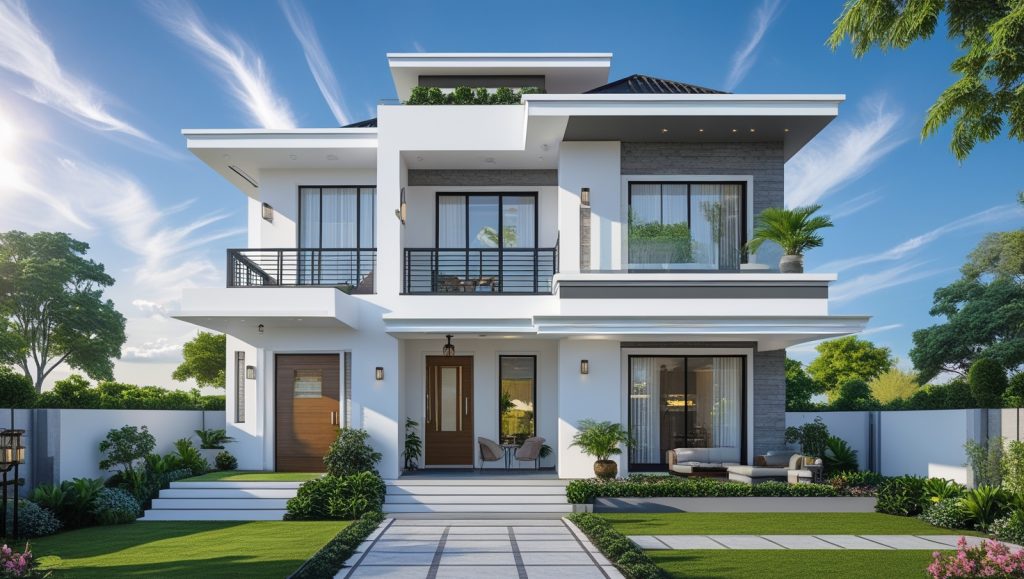
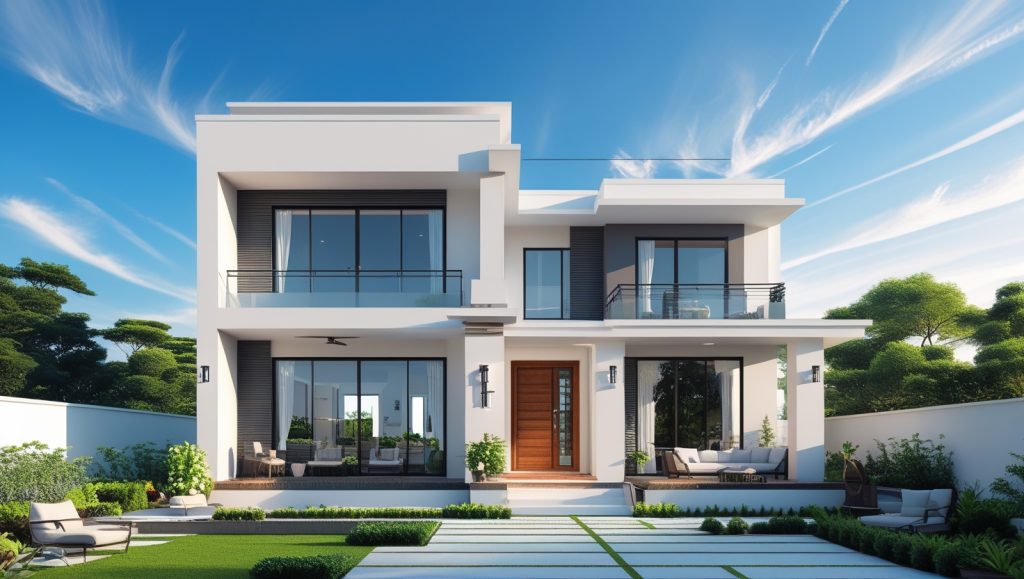
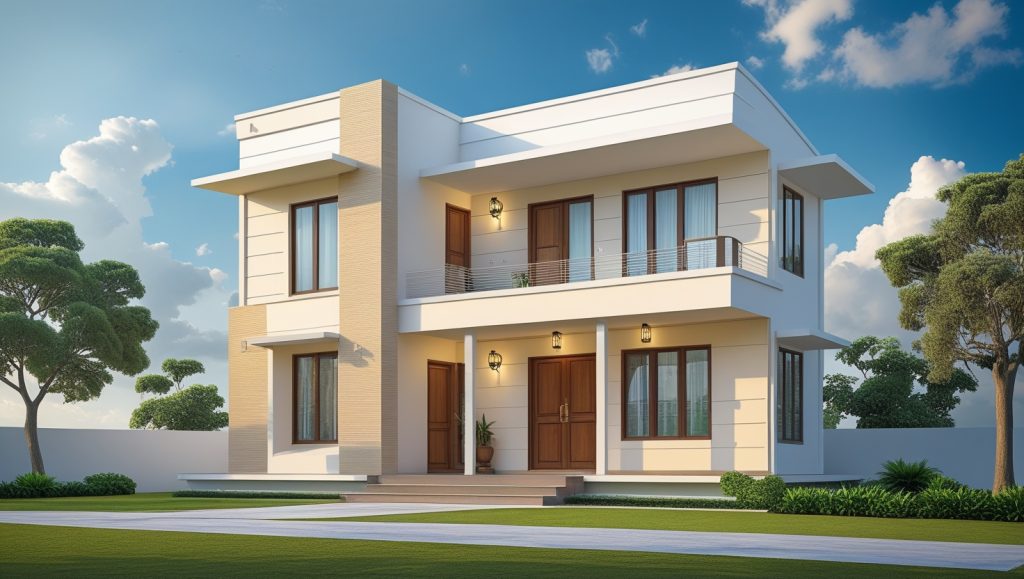
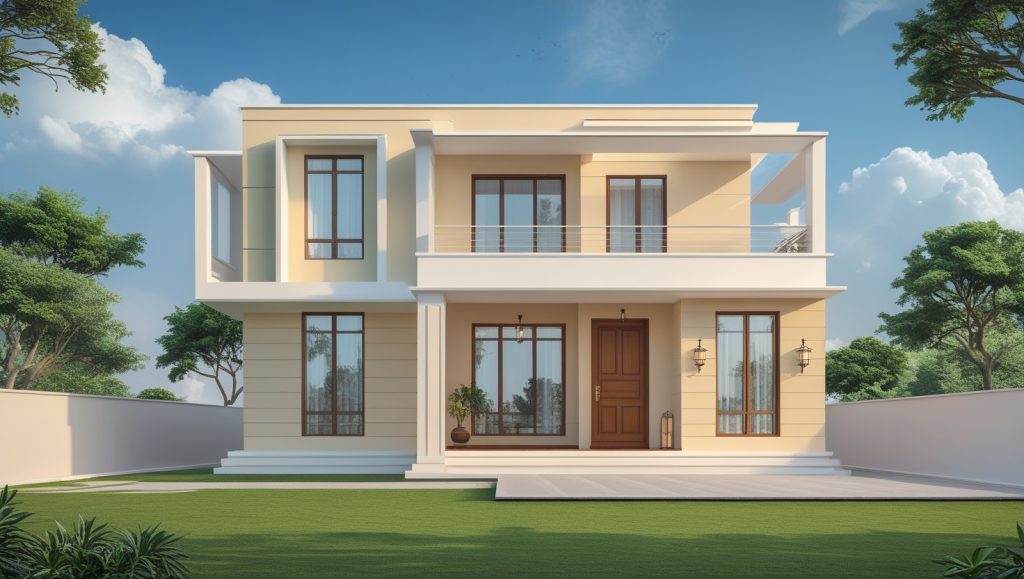
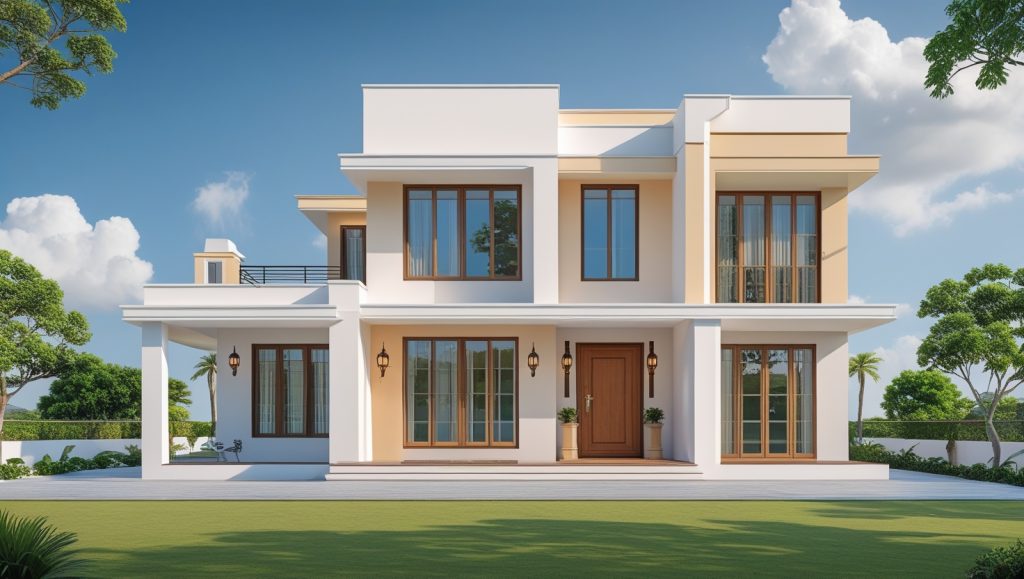
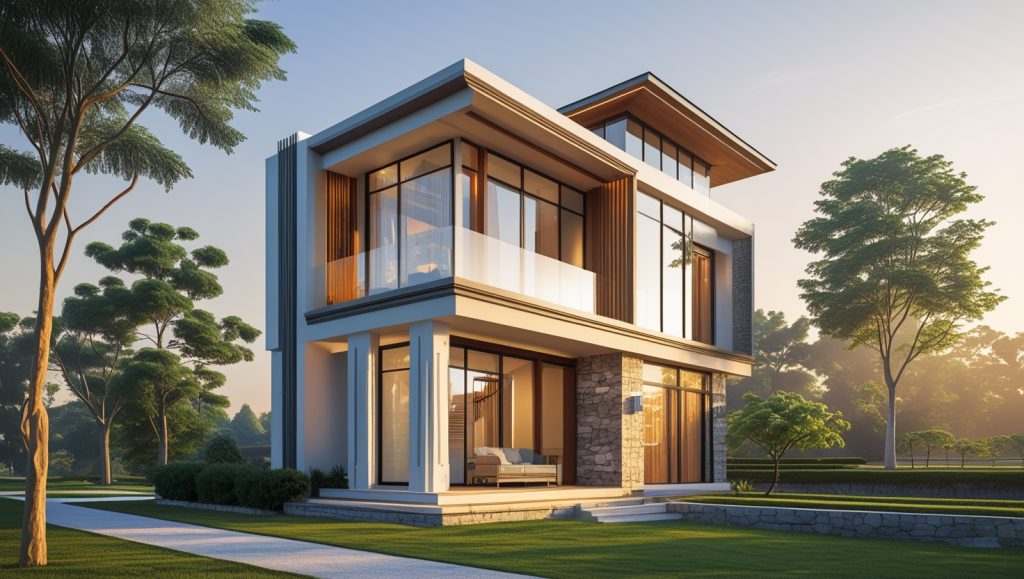
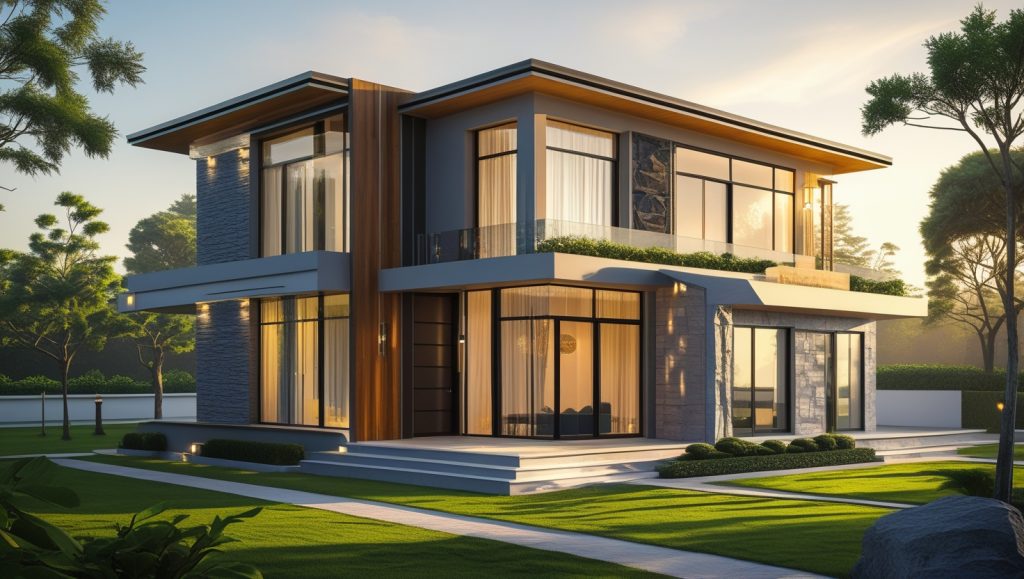
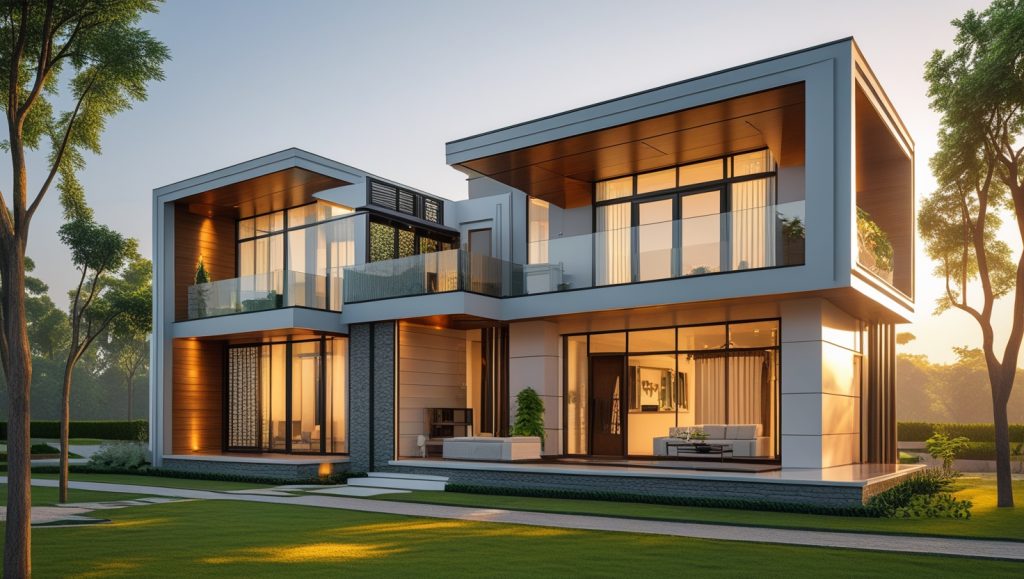
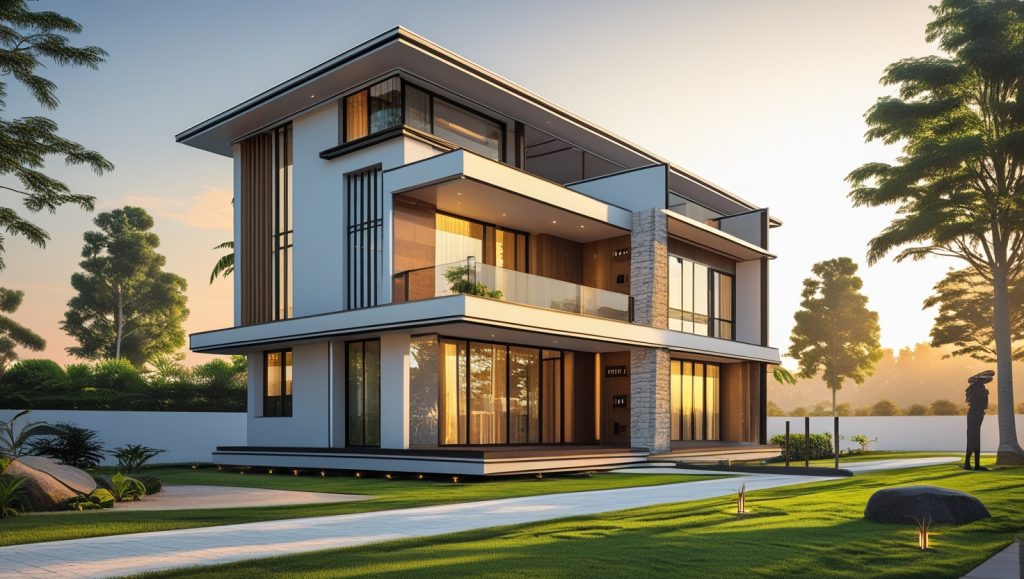
House front design indian style Traditional Aspects
Jharokha: This Rajasthani architectural feature is a great example of Indian decor and practicality, being an enclosed overhanging balcony that serves as a decorated space as well.
Chajja: A Chajja refers to an overhanging eave or shade that is mostly used in North Indian houses. Its purpose, apart from serving beauty, is to guard the house against sun exposure and rain.
Carved Wooden Door: India is renowned for its craftsmanship, and this is best demonstrated in traditional houses where doors are delicately carved, soaked with depictions of nature and deities for the sake of prosperity.
Arch and Pillar: The use of arches and pillars is very common in Indian architecture. Again, these features give a rich feel when viewed, and most of the time they come embellished with amazing carvings.
Courtyards (Aangan): Mostly a feature on the inside, courtyards also affect the outside design, as they determine the positioning of doors and windows.
Modern Influences in House front design indian style
Minimalist Facades: Many contemporary houses in India have simple designs, using clean geometric shapes and structures that are devoid of excessive decoration.
Glass and Steel Elements: The installation of glass panes and steel framed balconies is modernistic in nature. It enhances the beauty of the house and permits sunlight to flood the interior spaces of the home.
Bold Colors and Textures: Unlike older homes that were painted using earthy hues, modern designs are more daring with the choice of colors and patterns like stone, tiles, and exposed brickwork.
Sustainable Materials: The modern world is greatly concerned about the environment, thus many Indian houses utilize materials that are eco-friendly such as bamboo, recycled wood, and even install solar panels.
Regional Variations in House front design indian style
South Indian Style: This style is known for the grand gopurams (temple towers) and use of multi-colors, emphasizing on the symmetry and traditional lotus and peacock motifs.
North Indian Style: This style is inspired by Mughal architecture and consists of domes and minarets with heavy detailing. Marble and sandstone are widely used in this style.
Bengali Style: Featuring large verandas and sloping roofs adorned with terracotta works, the style fuses colonial and traditional Bengali art.
Goan Style: Uniquely Indian homes are brightly decorated, have arched windows and are topped with tiled roofs, all the while having a blend of Portuguese and Indian infleuence.
Practical Indian Considerations in House front design indian style
Adpatation to Climate: The local climate should be taken into account for design features. For instance, thick walls and shaded verandahs are good for hotter regions, and additional windows for sunlight in cooler areas is more useful.
Vaastu Shastra: A majority of Indian homeowners believe in Vaastu Shastra, an ancient method for taking architectural measurements for the house, which prescribes how the house should be built and faced for prosperity and peace.
Durable material: The durability of the materials chosen is vital to ensure the outer beauty of the house is preserved even after enduring the local climate.
Conclusion
Incorporating Indian style in front of the house requires striking a balance between modernity and tradition. Different elements such as minimalist facades alongside ‘jharokhas’ and ‘chajjas’ help in achieving a modern but culturally respectful Indian design. The unique culture of India is contemplatively and beautifully an inspiration of the design to be eye-catching and useful all at once.
